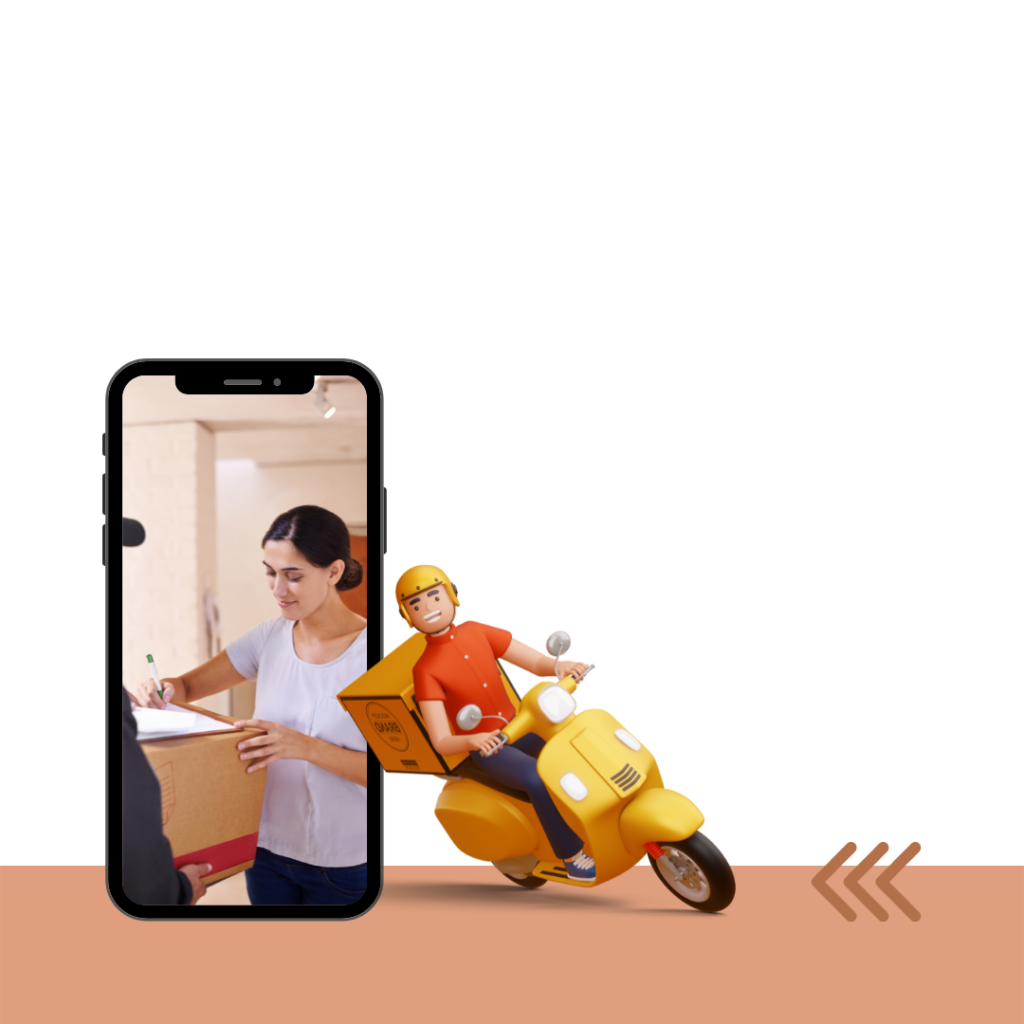
What Factors Should Organizations Consider Before Outsourcing Their Internal Audit Functions?
+91 1141182211 Outsourcing has become a strategic choice for many organizations looking to streamline operations, reduce costs, and enhance efficiency.

The way individuals purchase and businesses deliver has changed as a result of technological advancements. Customers are spoilt with numerous options in this era of speedier and more efficient delivery. They have complete control over when and where the order is delivered. Consumer expectations are growing, forcing firms to rethink their delivery methods and rely on technology to make them work. Hyperlocal delivery is the newest trend, after next-day and same-day deliveries. A company can select a hyperlocal delivery strategy based on its delivery needs.
The hyperlocal delivery business is anticipated to reach $3634.3 billion by 2027, according to online reports. During the projection period, the market is expected to increase at a compound yearly growth rate of 17.9%.
Do you have any plans to establish a hyperlocal delivery strategy in your company? Understanding what hyperlocal delivery is is the first step on this path. Hyperlocal delivery is defined as picking up products or items from a vendor and delivering them directly to customers’ doorsteps. This form of delivery strategy links local retailers and vendors with customers and is limited to a certain territory, location, or pin code.
Let’s look at an example to better grasp hyperlocal delivery. If a consumer requires a certain product or item, they may simply go to an online store and place an order. Not all e-commerce suppliers, however, can deliver it in one or two hours. Hyperlocal delivery enters the picture at this point. A nearby vendor or merchant can quickly accept the order and deliver the goods, culminating in a one- or two-hour delivery period.
A consumer puts an online or physical order with a local retailer. When the vendor accepts the order, a driver (either from a third-party hyperlocal delivery service provider or from within the company) picks up the item from the store and delivers it to the customer’s address.
As previously stated, hyperlocal delivery may be made within a certain geographical area and time frame. As a result, it’s suitable for food delivery, grocery delivery, pharmacies, vegetable and fruit delivery, and pharmaceutical delivery, among other things. Such organizations are able to receive orders and deliver them quickly.

A hyperlocal marketplace provides local retailers or sellers with delivery services. It has the necessary resources, such as a fleet and drivers, to pick up and deliver items to specific consumers. Hyperlocal marketplaces assist retailers in delivering items quickly and easily, allowing them to reach new heights. Such firms can provide a variety of things in the smallest amount of time, including groceries, meals, medications, and a variety of other items (in even less than an hour).
Local stores are struggling to survive and thrive in this digital era, as enterprises migrate to online platforms. All of these stores are benefiting from the hyperlocal delivery strategy, which is helping them stay afloat in the sector and grow their client base. Aside from that, the hyperlocal delivery model has a slew of additional advantages, including:
If you wish to provide hyperlocal delivery services, follow these steps to get your delivery network up and running:
By automating their procedures, hyperlocal delivery firms can alleviate the challenges connected with hyperlocal shopping, hyperlocal logistics, and hyperlocal food delivery. Yes, incorporating hyperlocal delivery software is a great way for a hyperlocal delivery service provider to stand out and overcome other delivery-related challenges without having to spend more money.
Meeting customers’ expectations with the proper products/services at their chosen time and place is critical to any business’s success. And, in order to reach this aim, both online and offline retailers are using technology into their delivery processes. As a result, a new delivery trend known as hyperlocal delivery has emerged. Food, vegetables, fruits, medicines, groceries, and other items can all be delivered using this model.
Route planning and last-mile distribution optimization are critical in pandemic situations to ensure smooth operations. Field staff and courier agents should be able to monitor their orders in real-time, ensuring that customers receive their orders on time.
Effective fleet management and last-mile delivery optimization will help you make fast hyperlocal deliveries, whether you are an e-commerce vendor or a local delivery service. So, are you ready to use last-mile delivery tools to boost the quality of your hyperlocal deliveries? MIMO can help your business come online with the best hyperlocal delivery services in the region.
Successful management of the transportation distribution process is becoming increasingly important nowadays. MIMO Technologies offers a tech-enabled platform to easily transport goods and products and achieve a high degree of precision in e-commerce and hyper-local delivery.
Our field officers are qualified to complete deadline-oriented work and deliver it to your customer in India’s most remote locations within pre-determined timelines. More than 14000 field officers serve in various rural and semi-urban areas.
Like this article?
More To Explore

What Factors Should Organizations Consider Before Outsourcing Their Internal Audit Functions?
+91 1141182211 Outsourcing has become a strategic choice for many organizations looking to streamline operations, reduce costs, and enhance efficiency.

Outsourcing Internal Audit: Evaluating the Upsides and Downsides for Your Organization
+91 1141182211 In today’s dynamic business environment, companies face increasing pressure to enhance efficiency, manage risks effectively, and ensure compliance

A Background Verification Guide: Frequently Asked Questions and Their Answers
+91 1141182211 Background verification (BGV) is a crucial process used by employers to ensure they are hiring candidates with accurate